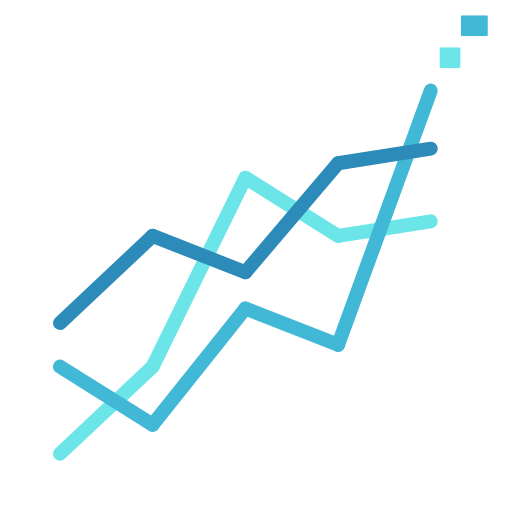What is the role of market analysis in risk management?
Role of Market Analysis in Risk Management
Introduction
In any financial endeavor, risk is a central component that cannot be ignored. When it comes to the commodity market, an environment characterized by its dynamism and volatility, the stakes are even higher. Understanding and managing risk effectively is key to success in the commodity market. One key component in this process is market analysis. This analytical tool involves scrutinizing the market in its entirety, uncovering trends, understanding price fluctuations, and predicting future movements. This article seeks to elucidate the integral role market analysis plays in risk management for all traders and investors, irrespective of their level of expertise.
Understanding the Basics of Market Analysis
To grasp the role of market analysis in risk management, one must first comprehend what market analysis entails. Market analysis is a methodical evaluation of the dynamics and forces affecting a particular market within a specific industry. It is based on three main pillars: technical analysis, fundamental analysis, and sentiment analysis.
Technical analysis relies on historical price data and volume information to predict future price movements. It employs various charts, figures, and analytical techniques, including the use of moving averages, trend line analysis, and price patterns, to identify trading opportunities.
Fundamental analysis, on the other hand, focuses on market factors such as a nation’s economy, political stability, and industry health to predict future price movements.
Sentiment analysis involves gauging market attitudes and feelings toward a particular commodity. This is often achieved by analyzing qualitative data, like social media comments, news releases, and key speeches.
Significance of Market Analysis in Risk Management
Risk implies the potential for losses resulting from uncertain future events or outcomes. Risk management in commodity trading and investing is the practice of identifying and assessing potential risks and putting measures in place to circumvent those risks.
Identification of Potential Risks
Market analysis plays an integral role in the process of risk identification. By analyzing market dynamics and potential volatility, traders and investors can uncover potential risks embedded within their trading strategy or investment plan. Given the inherent volatility in commodity markets, this aspect is crucial. For instance, a trader might identify high volatility as a risk factor for a specific commodity due to significant price swings powered by events across the globe.
Formulation of Risk Mitigation Strategies
Once the risks are identified, it is essential to formulate strategies to mitigate them. Here, market analysis tremendously aids in crafting such plans. For example, based on technical analysis, a trader might find out that a particular commodity has remarkably resisted or supported a specific price level. This information can be used to strategically place stop-loss or take-profit points, mitigating potential losses due to unfavorable price movements.
Portfolio Optimization
Market analysis also facilitates portfolio diversification—a key risk management tenet. By understanding the relationship between different commodities—obtained by studying market trends and correlations—investors can construct a portfolio that spreads risk across a variety of commodities.
Improved decision-making
Market analysis offers crucial insights that aid in making informed trading or investment decisions. This, therefore, mitigates the risks associated with making uninformed decisions, which can potentially lead to considerable losses.
Summary
In essence, market analysis is significant in risk management within the commodity market. By identifying potential risks, formulating risk mitigation strategies, helping in portfolio optimization, and improving overall decision-making, it equips traders and investors with the needed intelligence to navigate the volatile and unpredictable waters of the commodity market. Regardless of whether you’re a beginner or an advanced trader or investor, incorporating market analysis into your risk management efforts is an invaluable asset, thereby promising higher chances of successful trading and investing outcomes.

